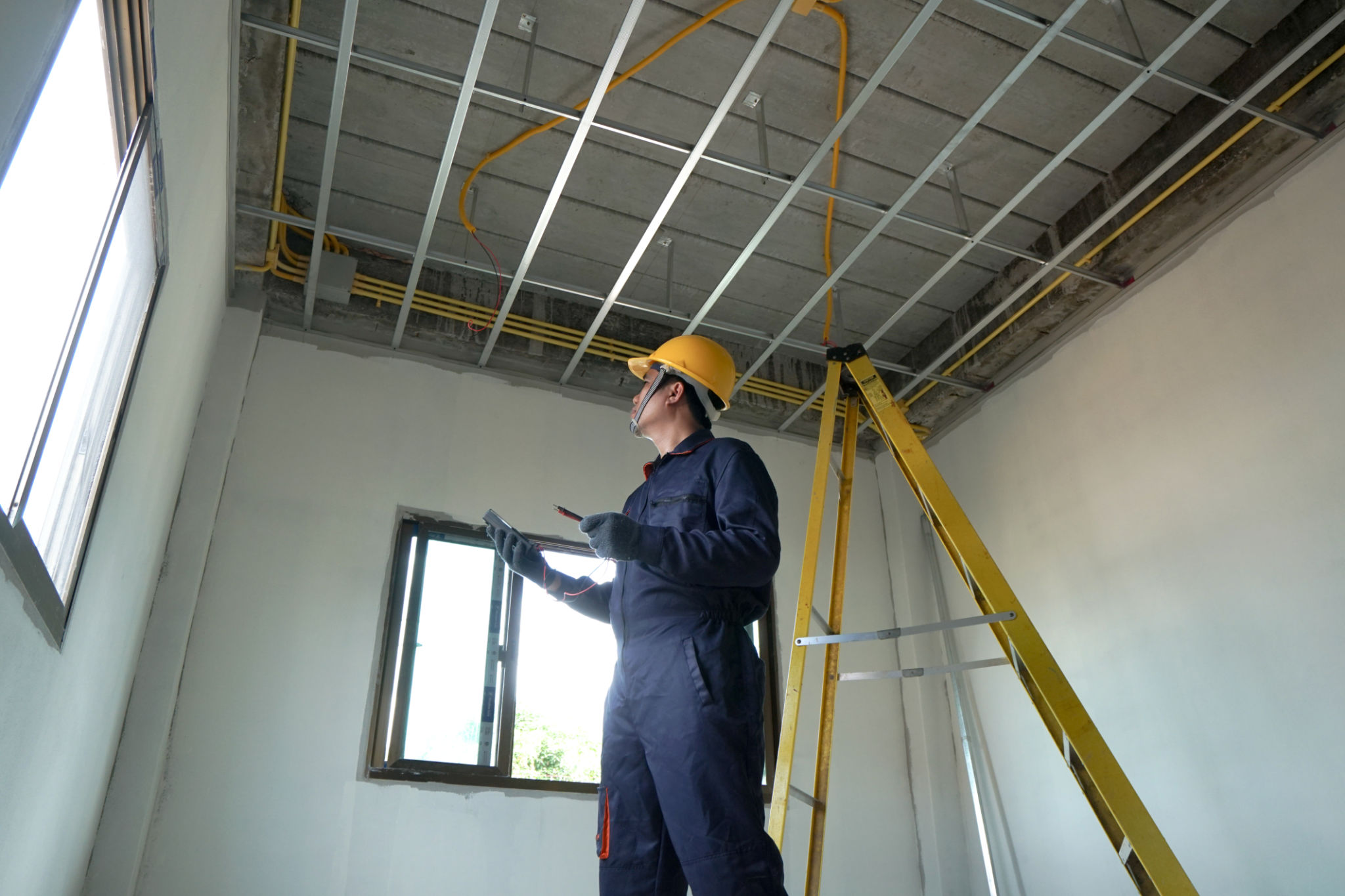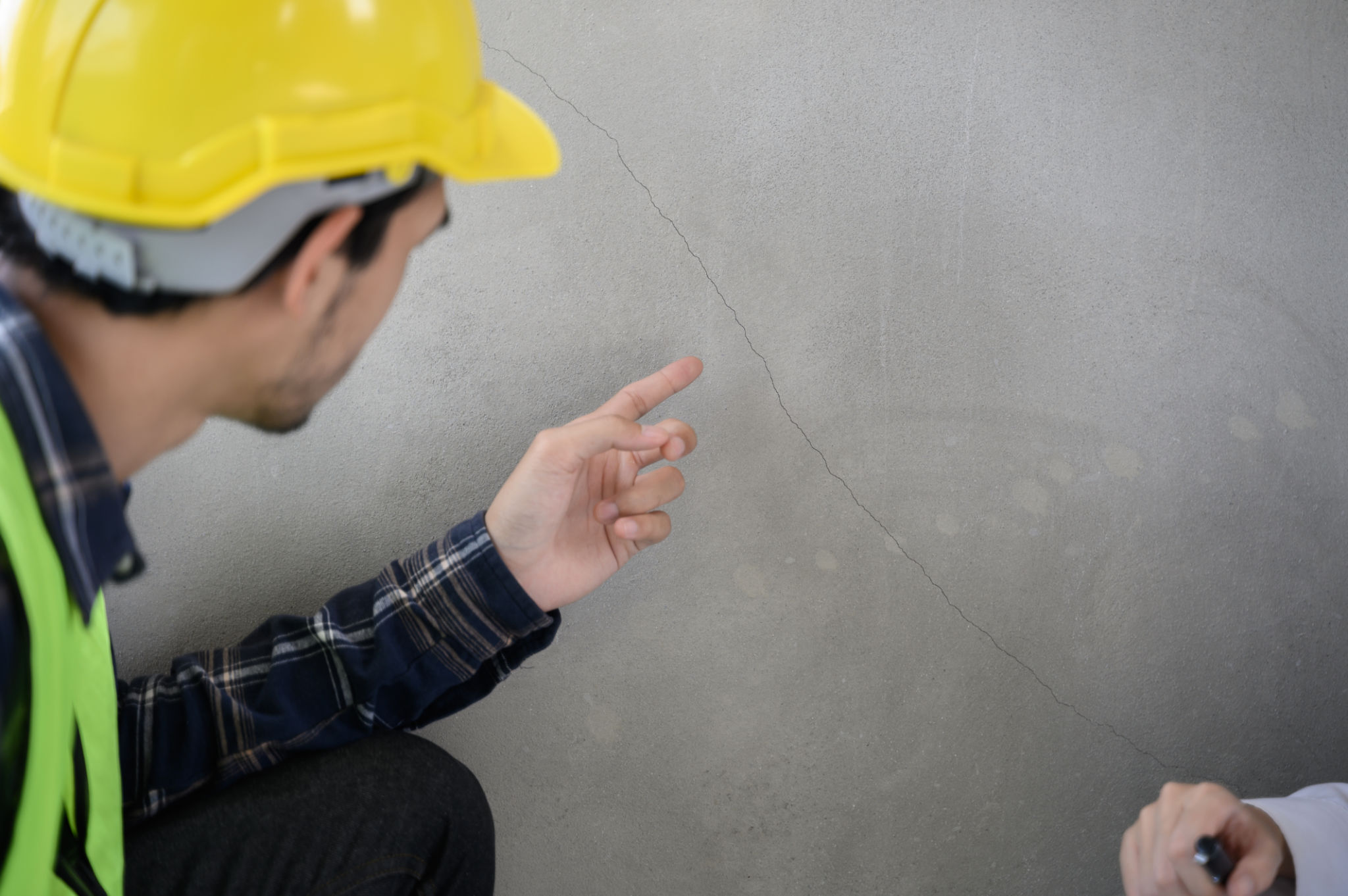5 Common Misconceptions About Structural Repairs Debunked
Introduction to Structural Repairs
Structural repairs are crucial for maintaining the safety and integrity of any building. However, there's a plethora of misconceptions surrounding this vital aspect of construction and maintenance. These misunderstandings can lead to poor decision-making and potentially costly mistakes. In this blog post, we'll debunk five common misconceptions about structural repairs.

Misconception 1: Structural Repairs Are Always Expensive
One of the most prevalent myths is that all structural repairs come with a hefty price tag. While some repairs can indeed be costly, it's not always the case. The expense largely depends on the extent of the damage and the materials required for the repair. Regular maintenance and early detection of issues can significantly reduce the financial burden.
It's essential to conduct regular inspections to identify problems early. Addressing minor issues promptly can prevent them from escalating into major repairs, ultimately saving time and money.
Misconception 2: Structural Repairs Are Only Needed for Older Buildings
Some people believe that structural repairs are only necessary for aging buildings. However, even new constructions can require repairs due to various factors such as design flaws, poor construction practices, or external elements like natural disasters.
Regardless of the building's age, it's crucial to monitor its structural health. Regular assessments can help ensure that any issues are identified and rectified before they become significant problems.

Misconception 3: DIY Repairs Are Just as Effective
In the era of DIY culture, many homeowners might think they can handle structural repairs themselves. While DIY projects can be rewarding, structural repairs often require specialized knowledge and skills. Attempting to fix structural issues without proper expertise can lead to inadequate repairs and further complications.
Hiring a professional ensures that the job is done correctly and safely. Professionals have the experience and tools necessary to diagnose and fix problems effectively, providing peace of mind and long-term solutions.
Misconception 4: Cracks in Walls Are Always a Sign of Serious Structural Issues
While cracks in walls can sometimes indicate structural problems, they are not always a cause for alarm. Many cracks are simply cosmetic and result from natural settling or temperature fluctuations.
However, it’s important not to dismiss cracks without a professional assessment. A structural engineer can determine whether a crack is superficial or indicative of a deeper issue that requires attention.

Misconception 5: Foundation Repairs Are Impractical
Some property owners might think that once a foundation issue arises, there is little that can be done short of rebuilding. This misconception often leads to neglecting necessary repairs, which can exacerbate the problem.
In reality, there are numerous effective methods for addressing foundation issues, ranging from underpinning to slab jacking. Consulting with a professional can provide insight into the most appropriate solution based on the specific situation.
Conclusion
Understanding these misconceptions about structural repairs is essential for maintaining the safety and longevity of any building. By debunking these myths, property owners can make informed decisions that protect their investments and ensure their buildings remain safe and sound.
